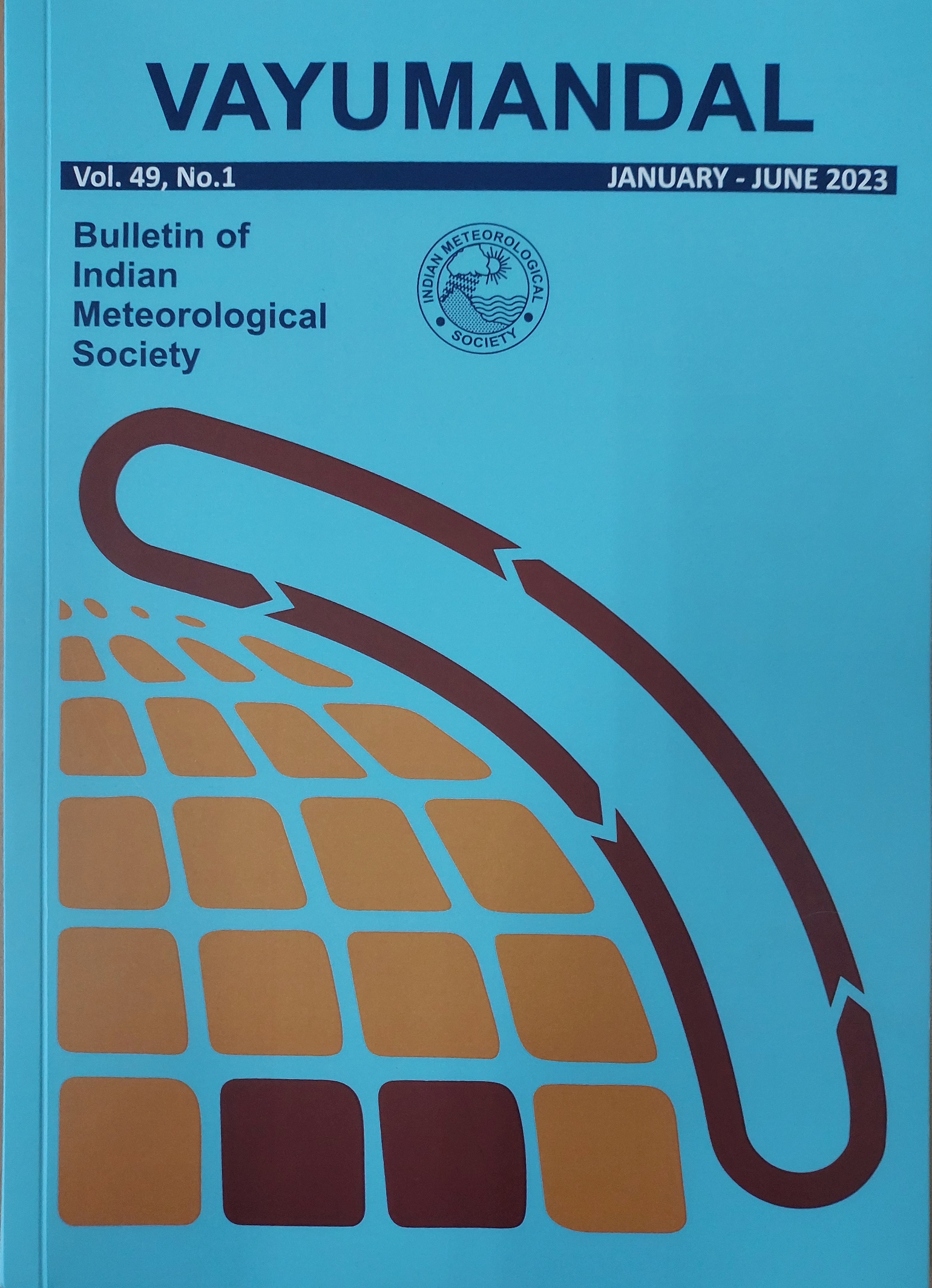Atmospheric aerosols and their effects on radiation, clouds, and precipitation in different meteorological scenarios
Abstract
Over the last few years, aerosol-related studies have been getting the utmost attention from weather and climate scientists as these particles can influence Earth’s energy balance, hydrological cycle, major circulation patterns, severe weather events, glacier melting, air quality, and public health. This paper presents a comprehensive review of the current state of knowledge on the interactions of aerosols with radiation, clouds, and precipitation. The two main pathways through which aerosols impact weather and climate are aerosol-radiation interaction (ARI) and aerosol-cloud interaction (ACI). While ARI involves changes in the radiation balance in the atmosphere and on surfaces due to aerosol scattering and absorption, ACI is associated with the effects of aerosols on cloud properties and precipitation efficiency by acting as cloud condensation and ice nuclei. A chain of complicated interactions involving various meteorological factors occurs when ARI and ACI are combined with atmospheric dynamics, impacting weather and climate. Aerosol particles can also play a substantial role in influencing extreme weather events (e.g., thunderstorms, lightning, dust storms, tropical cyclones, heatwaves, etc.) as they may modify the circulation patterns. Besides, aerosol-induced ACI and ARI may be linked with large-scale circulations through their impact on the radiation budget and generation of localized convection. The main challenges currently impeding progress in understanding the interactions between aerosols and clouds are also highlighted. One of the major issues is the lack of simultaneous measurements of cloud dynamics, microphysics, and aerosols across a broad geographical area, which hinders the ability to draw accurate conclusions from observational data. On the modeling side, there is considerable variability in cloud microphysics parameterizations, including ice nucleation, mixed-phase properties, and hydrometeor size and fall speed, leading to a significant spread in modeling outcomes. Therefore, collaborative efforts are required to advance the understanding of aerosol-cloud-climate interactions to reduce the uncertainty in measurements, providing more accurate future projections in the context of climate change.
Copyright (c) 2023 Vayumandal

This work is licensed under a Creative Commons Attribution-NonCommercial 4.0 International License.
All articles published by VAYUMANDAL are licensed under the Creative Commons Attribution 4.0 International License. This permits anyone.
Anyone is free:
- To Share - to copy, distribute and transmit the work
- To Remix - to adapt the work.
Under the following conditions:
- Share - copy and redistribute the material in any medium or format
- Adapt - remix, transform, and build upon the material for any purpose, even
commercially.


